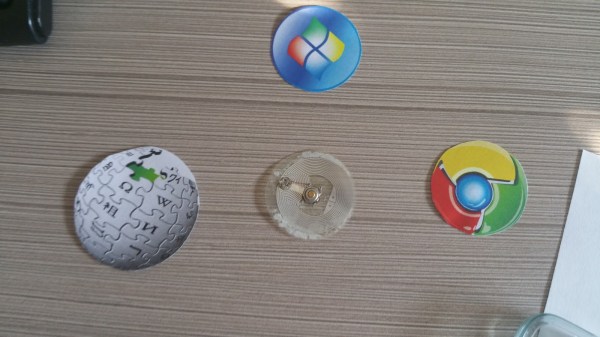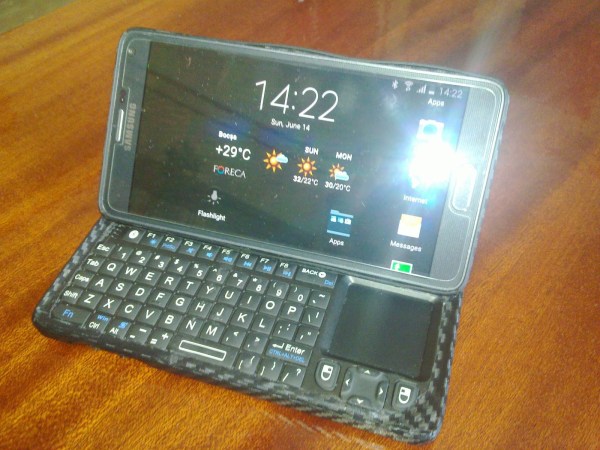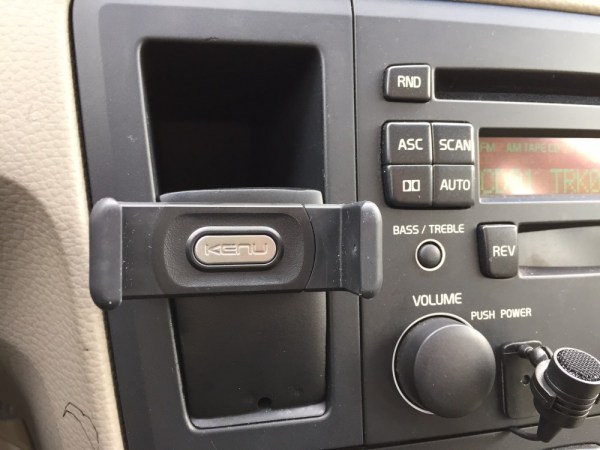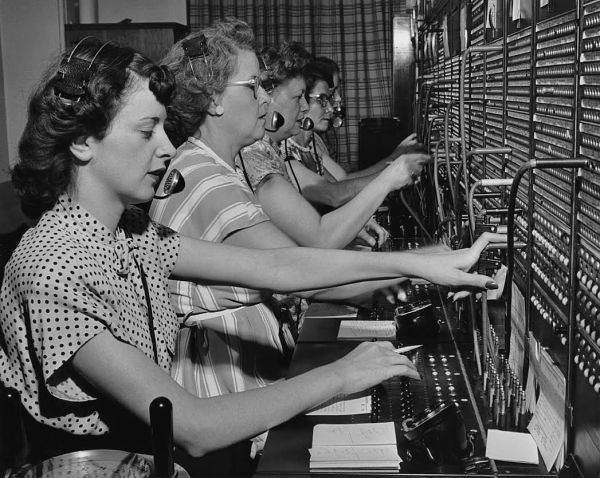Back in the day, we had smartphones with physical buttons. Not just power, volume, and maybe another button on the front. Whole, slide-out QWERTY keyboards right on the underside of the phone. It was a lawless wasteland, but for those who yearn for the wild-west days of the late 2000s, [Liviu] has recreated the shortcut buttons that used to exist on the tops of these keyboards for modern-day smartphones.
There were lots of phones that had shortcut keys on their keyboards, but [Liviu] enjoyed using the ones that allowed him to switch between applications (or “apps” as the kids are saying these days) such as the calendar, the browser, or the mail client. To recreate this, he went with a few NFC tags. These devices are easily programmed via a number of apps from your app store of choice, and can be placed essentially anywhere. In order to make them visible to the phone at any time, though, he placed the tags inside a clear plastic case for his phone and can now use them anytime.
If you’ve never used or programmed an NFC tag, this would be a great project to get yourself acquainted with how they operate. Plus, you could easily upgrade this project to allow the tags to do any number of other things. You can take projects like this as far as you want.
Continue reading “NFC Tags Add Old-School Functionality To New Phone”























